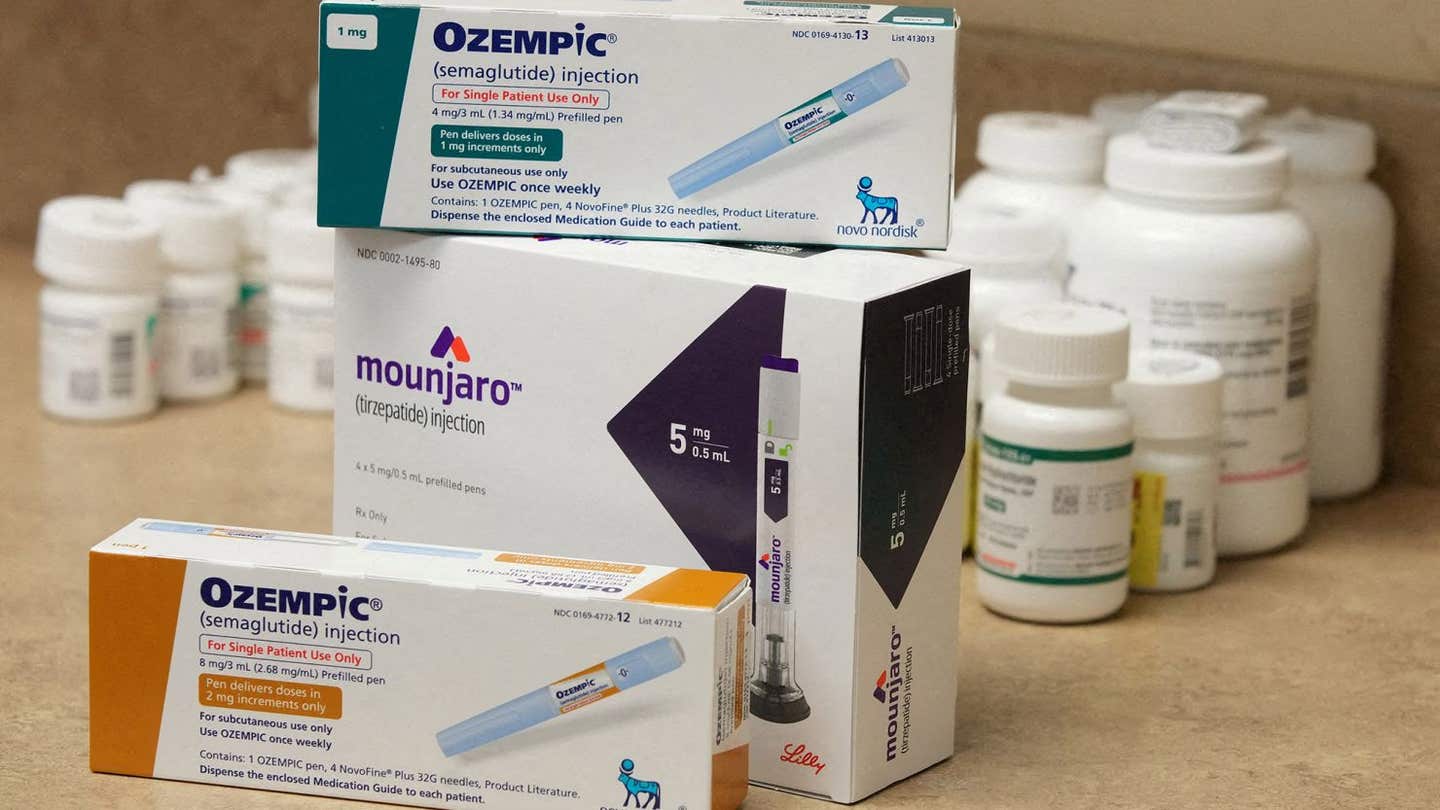New blood test could revolutionize Parkinson’s disease diagnostics
Recent research suggests that a blood test detecting the alpha-synuclein protein might be a less invasive diagnostic option for Parkinson’s Disease.

There is an urgent need for an objective and quantifiable biomarker to diagnose Parkinson’s Disease earlier. (CREDIT: Creative Commons)
Parkinson's disease (PD) is typically diagnosed clinically, often at a late stage. There is an urgent need for an objective and quantifiable biomarker to diagnose this prevalent movement disorder earlier. Recent research suggests that a blood test detecting the alpha-synuclein protein might be a less invasive diagnostic option for PD. This study, published in the Journal of Parkinson's Disease by IOS Press, part of Sage, provides promising initial evidence.
Lead investigators Dr. Annika Kluge and Dr. Eva Schaeffer from the Department of Neurology at University Hospital Schleswig-Holstein and Kiel University, Germany, have highlighted significant findings. They state, "In recent years, it has been shown that the pathophysiological highly relevant protein alpha-synuclein, which accumulates in nerve cells, can also be detected in different body fluids and tissues of individuals with PD, for example in the cerebrospinal fluid or in skin tissue.”
Previously, their team demonstrated that alpha-synuclein could be detected in the blood of PD patients. This was achieved by isolating small vesicles from neuronal cells, known as neuronal exosomes, from the blood and amplifying the alpha-synuclein they contain using a seed amplification assay (SAA).
Dr. Kluge explains, “With this current work we aimed to confirm that this blood test can detect alpha-synuclein in a larger group of individuals with PD and elucidate whether the amount of alpha-synuclein measured with the SAA changes during the course of the disease."
The research involved analyzing blood samples from PD patients and comparing them to samples from age- and gender-matched healthy controls using the blood-based SAA. Impressively, 79 of 80 PD patients showed a positive seeding of alpha-synuclein derived from blood, whereas none of the healthy controls did. This finding confirms that the alpha-synuclein blood marker is highly sensitive for PD.
Related Stories
The study also explored subgroups of PD patients with different disease durations. It was observed that longer disease duration was associated with lower alpha-synuclein seeding activity, indicating that alpha-synuclein seeding activity changes over the course of the disease. However, it remains unclear how alpha-synuclein seeding activity changes during the natural course of PD.
Dr. Schaeffer and Dr. Kluge emphasize, "There is currently no blood test for PD available in clinical practice. It is of course of great importance that the strong results of our cross-sectional and longitudinal analyses are validated and replicated in different labs. If the decline in seeding activity in blood was confirmed, it may influence further studies and our understanding of disease progression. In the long term, it is hoped that this blood test can be used to improve the diagnostic security and reliability in PD, even at early stages during which clinical diagnosis is difficult. Moreover, the impact on clinical studies needs to be considered, especially regarding the potential of antibody-based targeted treatments for PD."
The hope is that such a blood test could not only aid in earlier and more reliable diagnosis but also influence the design and direction of future studies on PD. Additionally, understanding changes in alpha-synuclein seeding activity could offer insights into disease progression, potentially leading to more effective treatments. This research signifies a promising step towards improving the lives of those affected by Parkinson's disease.
Other methods used to diagnose Parkinson's Disease
Diagnosing Parkinson's Disease (PD) can be challenging as there is no definitive test for the condition. Instead, doctors rely on a combination of medical history, symptoms, and neurological examinations to make a diagnosis. Here are the common tests and assessments used:
- Neurological Examination:
- Medical History: The doctor will review your medical history and family history of neurological diseases.
- Symptom Review: Assessment of the classic motor symptoms of PD, such as tremor, rigidity, bradykinesia (slowness of movement), and postural instability.
- Physical and Neurological Examination: A thorough physical and neurological exam to observe movements, coordination, and reflexes.
- DaTscan:
- Dopamine Transporter Scan: This imaging test involves the injection of a small amount of a radioactive substance, which binds to dopamine transporters in the brain. It helps visualize the dopamine system and differentiate Parkinson's Disease from other movement disorders.
- MRI and CT Scans:
- Magnetic Resonance Imaging (MRI) and Computed Tomography (CT) Scans: These imaging tests are typically used to rule out other conditions that might cause similar symptoms, such as brain tumors or strokes.
- Response to Parkinson's Medication:
- Sometimes, doctors may prescribe Parkinson's medication (like levodopa) to see if it improves symptoms. A positive response can support the diagnosis of PD.
- Unified Parkinson’s Disease Rating Scale (UPDRS):
- This is a comprehensive scale used to measure the severity and progression of Parkinson’s Disease. It includes various tests to assess motor function, daily living activities, and complications related to therapy.
- Movement Disorder Society-Sponsored Revision of the Unified Parkinson's Disease Rating Scale (MDS-UPDRS):
- An updated version of UPDRS, which includes more detailed assessments and is commonly used in clinical trials and practice.
Early diagnosis and management are crucial for better outcomes in Parkinson’s Disease, so if you suspect any symptoms, it is important to consult a neurologist.
Note: Materials provided above by The Brighter Side of News. Content may be edited for style and length.
Like these kind of feel good stories? Get The Brighter Side of News' newsletter.
Joshua Shavit
Science & Technology Writer | AI and Robotics Reporter
Joshua Shavit is a Los Angeles-based science and technology writer with a passion for exploring the breakthroughs shaping the future. As a contributor to The Brighter Side of News, he focuses on positive and transformative advancements in AI, technology, physics, engineering, robotics and space science. Joshua is currently working towards a Bachelor of Science in Business Administration at the University of California, Berkeley. He combines his academic background with a talent for storytelling, making complex scientific discoveries engaging and accessible. His work highlights the innovators behind the ideas, bringing readers closer to the people driving progress.



